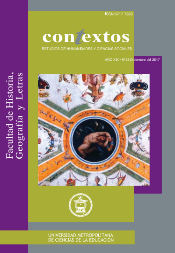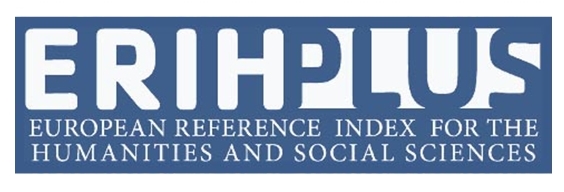Main Article Content
Dec 22, 2017
Abstract
In recent years, accessibility has become one of the most prominent subjects regarding to audiovisual translation, understood as the translation of audiovisual products that use aural and visual signals to convey a message. This is observed both in the academic and professional fields. Notwithstanding, the two most widespread modalities intended to provide accessibility to deaf, hard-of-hearing and blind people to audiovisual products, namely audio description and subtitling for the deaf or hard-of-hearing, have been developed unequally in the world. The aim of this paper is to describe the state of the art of both modalities in Chile. First, both modalities will be defined; subsequently a brief review of the European situation in Spain will be made; and finally, the deficient situation of our country will be exposed, reviewing the implications of the Chilean National Disability Law.
Downloads
Policies for open access journals
Authors who publish here accept the following terms: Authors will keep their copyright and will guarantee the journal the right to the first publication of their work, which will be subject to the Licence of Creative Commons acknowledgement, which allows for the use of this material only if the authorship is credited and the original source is acknowledged (the journal’s URL), and if it is not used with commercial ends and with any derivations of the original work.
Authors may adopt other non-exclusive license agreements of distribution of the published version (e.g. to save it onto a digital institutional archive or publish it in a monographic volume) only if the initial publication of this journal is indicated.
It is permitted and recommended for authors to divulge their work on the Internet (e.g. institutional digital archives or webpage) before and during the submission process, which may lead to interesting exchanges and increase the citations of the publication. (See Open Access Effect).






